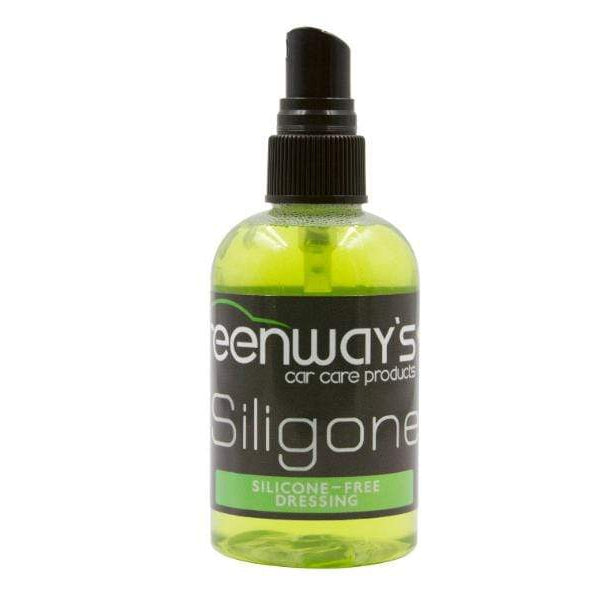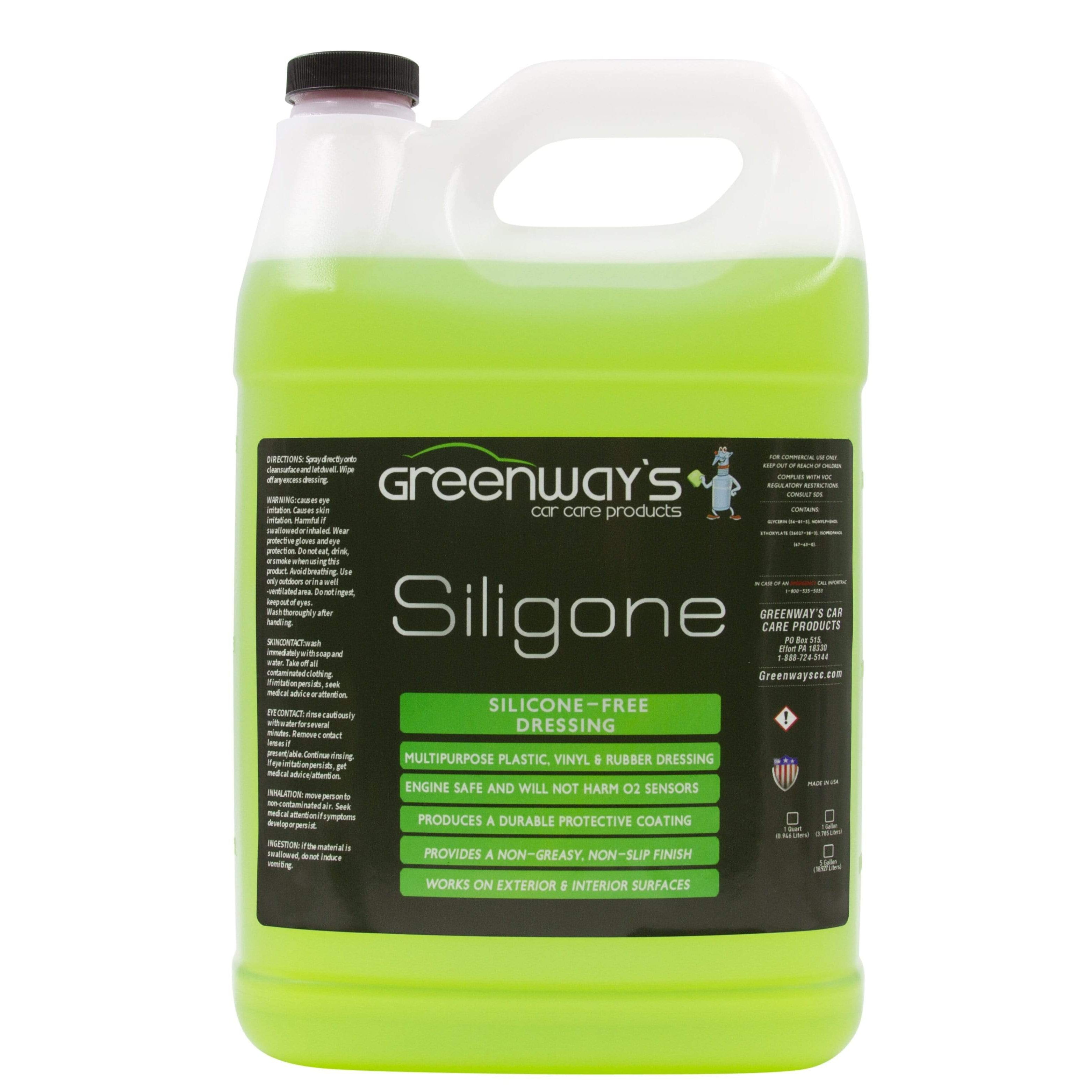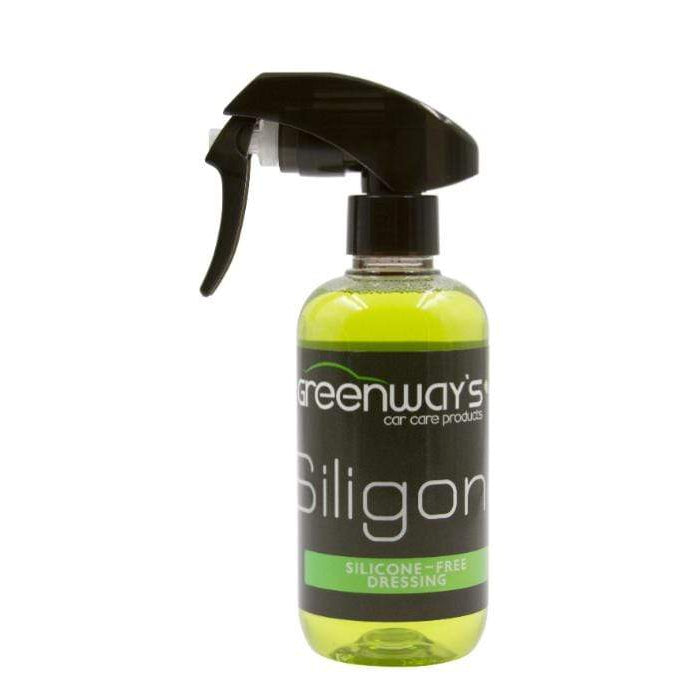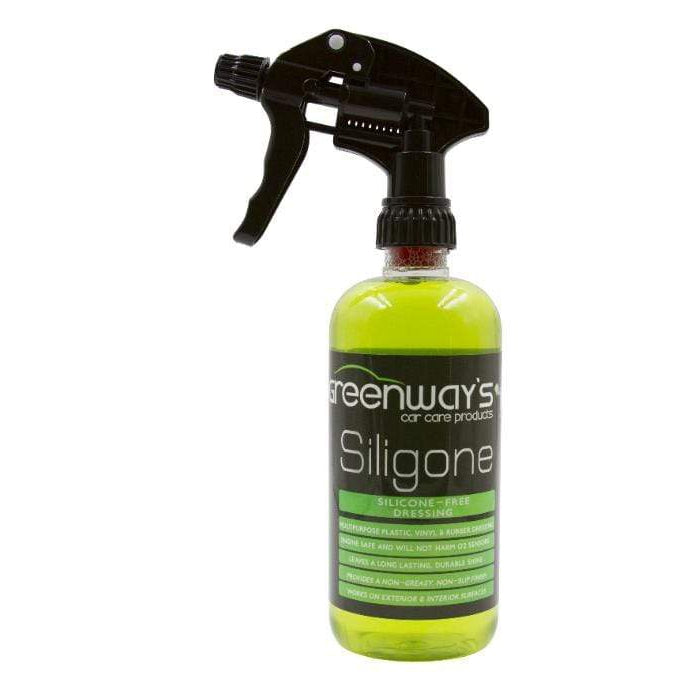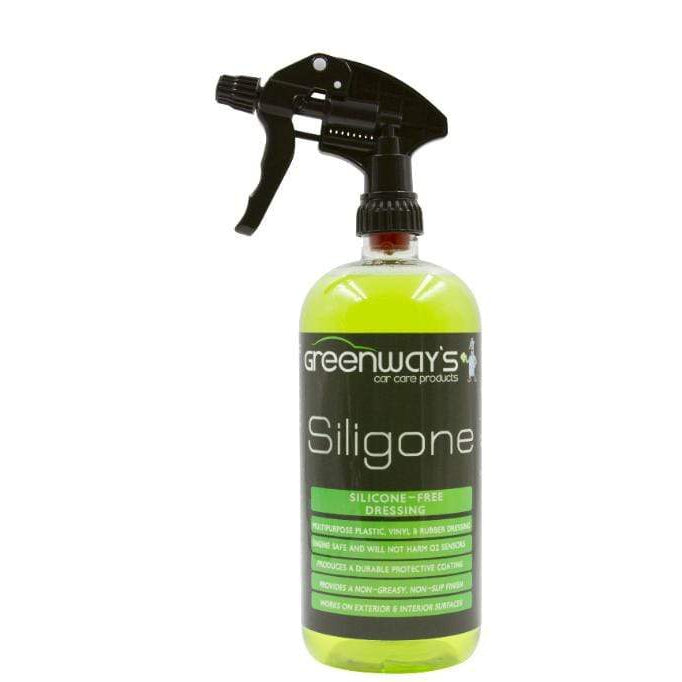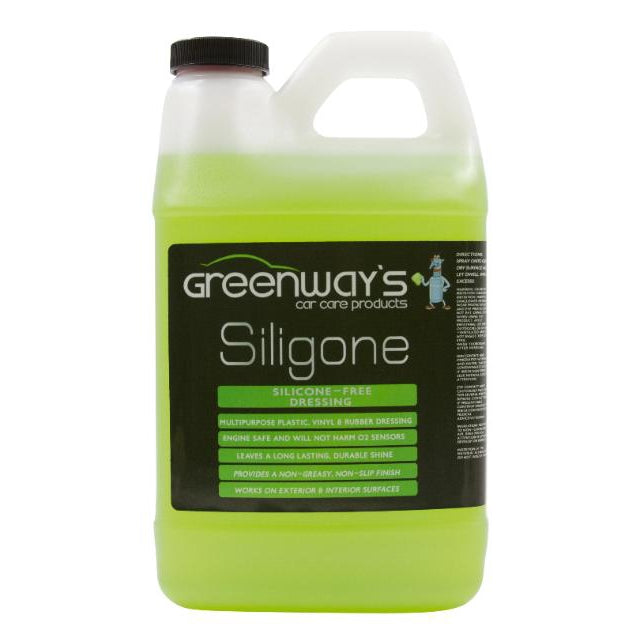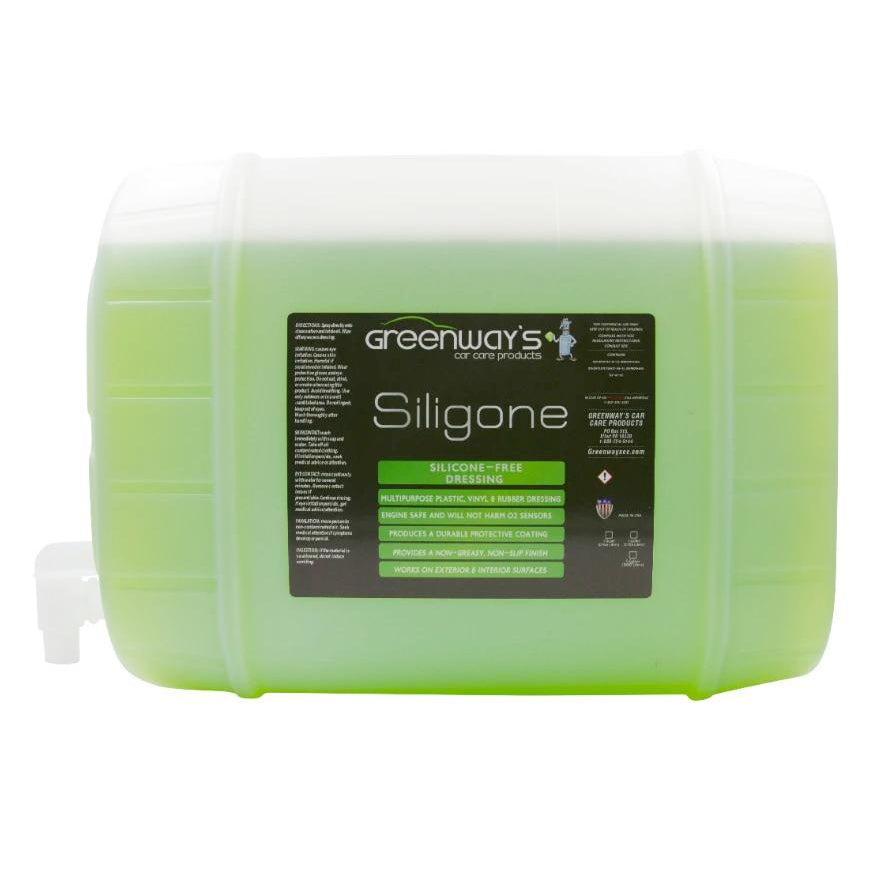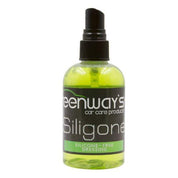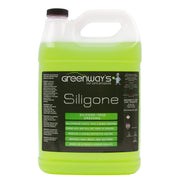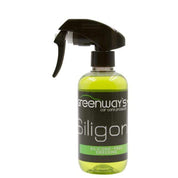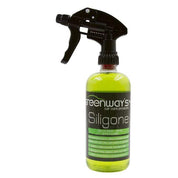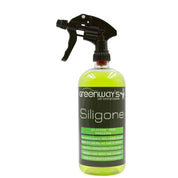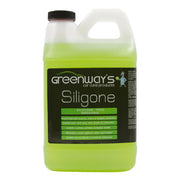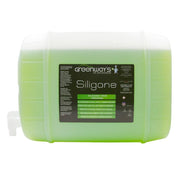Siligone - Silicone-Free Water-Based Engine and Exterior Dressing
Get quick access to our straightforward shipping and return policies, ensuring a smooth shopping experience every time.
To know more please click here.
Explore essential tips and resources to launch your own successful mobile auto detailing service with confidence. Read the blog here.
Unlock exclusive discounts and promotions to maximize your savings on top-quality detailing products. Check our "Sale" page.
Greenway’s Siligone - Silicone-Free Water-Based Dressing is the perfect solution for maintaining and restoring your vehicle’s exterior and engine components. Specially designed as a car detailing spray, it provides a superior finish that enhances the appearance of both interior and exterior surfaces without leaving a greasy residue. Whether you need a best spray cleaner for car exterior or a reliable detailing spray for cars, Siligone delivers a matte, non-shiny finish that looks polished and clean.
This advanced silicone-free water-based dressing is ideal for use on a variety of surfaces, including rubber, plastic, vinyl, and engine components. It protects surfaces from dirt, grime, and weathering while maintaining a fresh, factory-like appearance. The best car exterior cleaning spray, Siligone also offers long-lasting protection, ensuring your car’s exterior looks like new with every application.
Unlike other products that leave behind a greasy or shiny finish, Siligone is designed to keep your car’s surfaces looking natural and clean. It’s the ideal product for interior car detailing spray needs, giving your vehicle’s interior a fresh, matte finish without the residue. Whether you're detailing the engine bay, tires, or trim, Siligone offers a versatile, high-performance solution for both car exterior cleaning spray and interior care.

